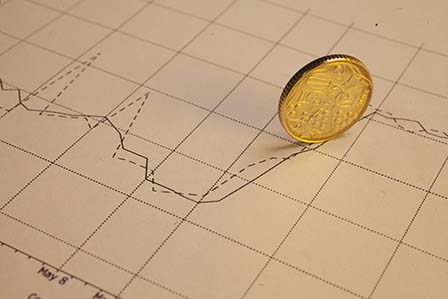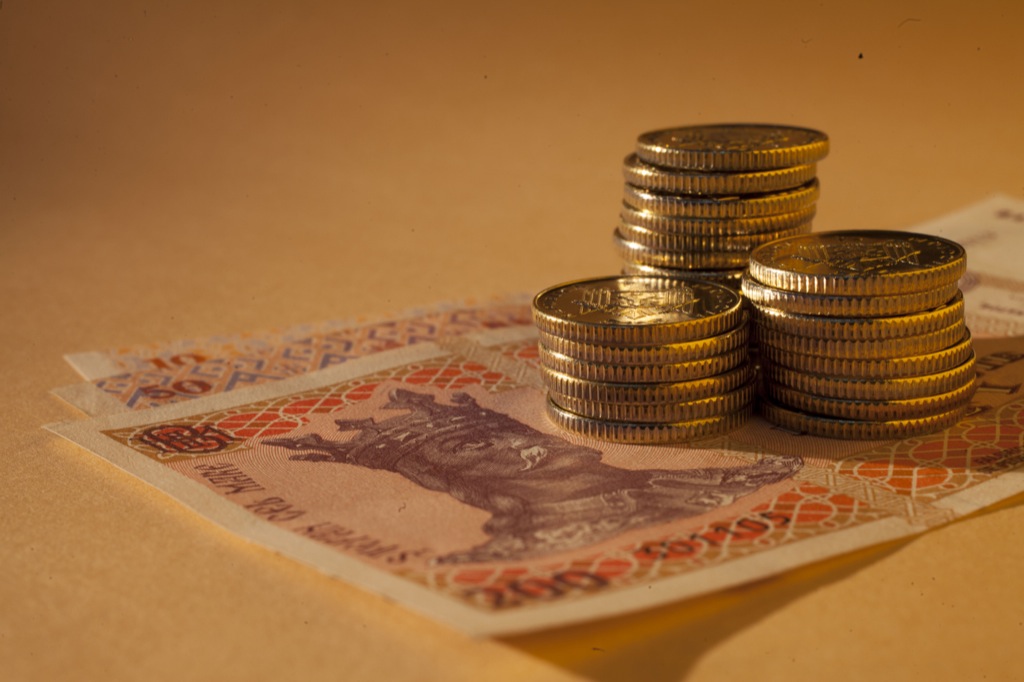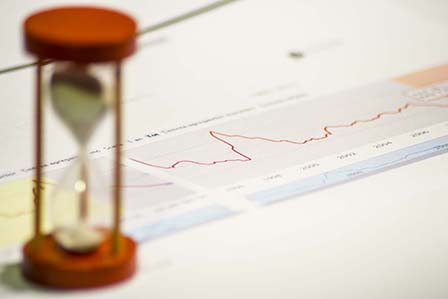Добро пожаловать на официальный сайт Национального банка Молдовы!
×
У вас хорошее зрение, и вы хотите отключить этот инструмент?
У вас хорошее зрение, и вы хотите отключить этот инструмент?
Программа приема граждан руководством Национального банка Молдовы.
Регистрация на аудиенцию осуществляется на основании письменного обращения по рассматриваемой теме.
Анка Драгу, президент
Владимир Мунтяну, первый вице-президент
Татьяна Иваничкина, вице-президент
Константин Шкендра, вице-президент
Добро пожаловать на официальный сайт Национального банка Молдовы!
Если вы хотите отправить сообщение (вопрос или предложение) в режиме "on-line", перейдите в раздел "Обратная связь" в главном меню в верхней части сайта.
Вы можете выбрать один из наиболее востребованных отчетов из списка:

Национальный банк и члены его руководящих органов независимы в осуществлении своих функций, установленных настоящим законом, и не могут обращаться за указаниями и получать таковые от органов публичной власти или какого-либо иного органа.

Стратегия денежной политики НБМ на среднесрочный период предусматривает поддержание количественного объектива инфляции на уровне 5.0% с возможным отклонением ± 1.5 процентных пункта – оптимальный уровень для устойчивого экономического роста и развития Республики Молдова на среднесрочный период.

Национальный банк обладает исключительным правом эмиссии на территории Республики Молдова банкнот и монет в качестве платежного средства.

Национальный банк обладает исключительным правом лицензирования, осуществления надзора и регулирования деятельности финансовых учреждений.

Национальный банк имеет право покупать, продавать и негоциировать иностранную валюту, используя активы, покупать и продавать казначейские обязательства и другие ценные бумаги, выпущенные или гарантированные правительствами иностранных государств и международными финансовыми публичными организациями.

Национальный банк осуществляет надзор за системой платежей в республике и способствует стабильному и эффективному функционированию автоматизированной системы межбанковских платежей.

Национальный банк является самостоятельным публичным юридическим лицом и несет ответственность перед Парламентом.

Национальный банк информирует общественность о динамике годовой инфляции, о стратегии денежной политике, результаты макроэкономического анализа, анализа развития финансового рынка и статистическую информацию, в том числе относительно денежной массы, предоставления кредитов, платежного баланса и положения на валютном рынке.

Национальный банк проводит экономический и денежный анализ, составляет платежный баланс, международную инвестиционную позицию и разрабатывает статистику внешнего долга Республики Молдова.
Веб-сайт www.bnm.md приоритизирует безопасность данных и использует файлы cookie для улучшения опыта просмотра и комфорта пользователя. Принятие использования файлов cookie повышает скорость работы страницы и обеспечивает нормальное функционирование модулей представления информации. Отказ от использования файлов cookie может замедлить загрузку сайта и затруднить плавную навигацию между страницами. Подробнее в Политике использования файлов cookie.
Inflation Report no.1, February 2013
In general, the influence of fuel price changes on inflation rate can be divided into three types of effects:
1. The direct effect - is directly related to the increase in fuel prices in the CPI basket.
2. Indirect effect - is related to changes in production costs (e.g., transport costs, agricultural work-related costs).
3. Second-round effects - arise from the increased cost of living. Thus, workers demand higher salaries to maintain the purchasing power of the disposable income.
It should be mentioned that the first two effects are seen in the short term, while the second-round effects are noticed in the medium term.
Here is a simple example that brings clarity to the above statements. If fuel prices rose by 10.0 percent and their share in the CPI basket is 0.05, therefore the cumulative weight of other products and services is of 0.95. At the same time, let’s suppose that the share of fuel in total production costs is of 20.0 percent. It should be mentioned that higher prices for other goods and services will depend on the ability of producers to substitute between fuels and other expenses. So, according to the abovementioned figures, we can determine the effect of a10.0 percent increase in fuel prices on total CPI.
The direct effect of this growth will be 0.5 percent (0.05 * 10% = 0.5%). At the same time, assuming that the substitution elasticity of producers with other expenditures is zero, then the indirect effect will be of 1.9 percent (0.2 * 10% * 0.95 = 1.9%). So, we can conclude that, based on the above calculations, an increase in fuel prices by 10.0 percent will generate a cumulative effect on the CPI of 2.4 percent (the sum of the direct and the indirect effect of 0.5% +1.9% = 2.4%).
Республика Молдова, MD-2005, Кишинэу,
бульвар Григоре Виеру 1
© Национальный банк Молдовы
Условия использования


